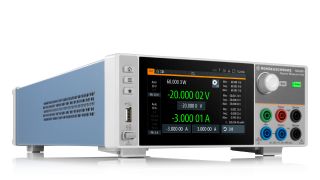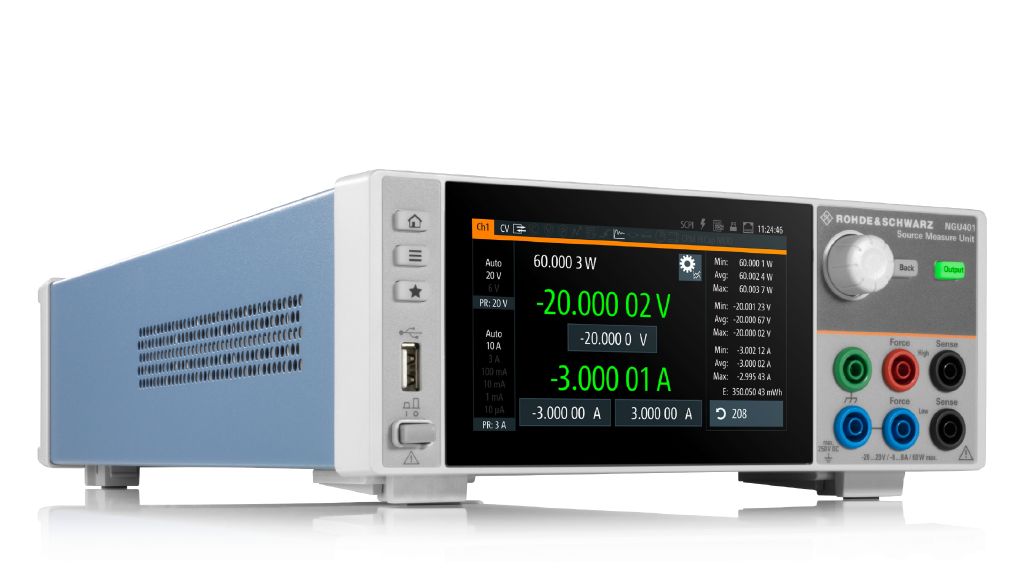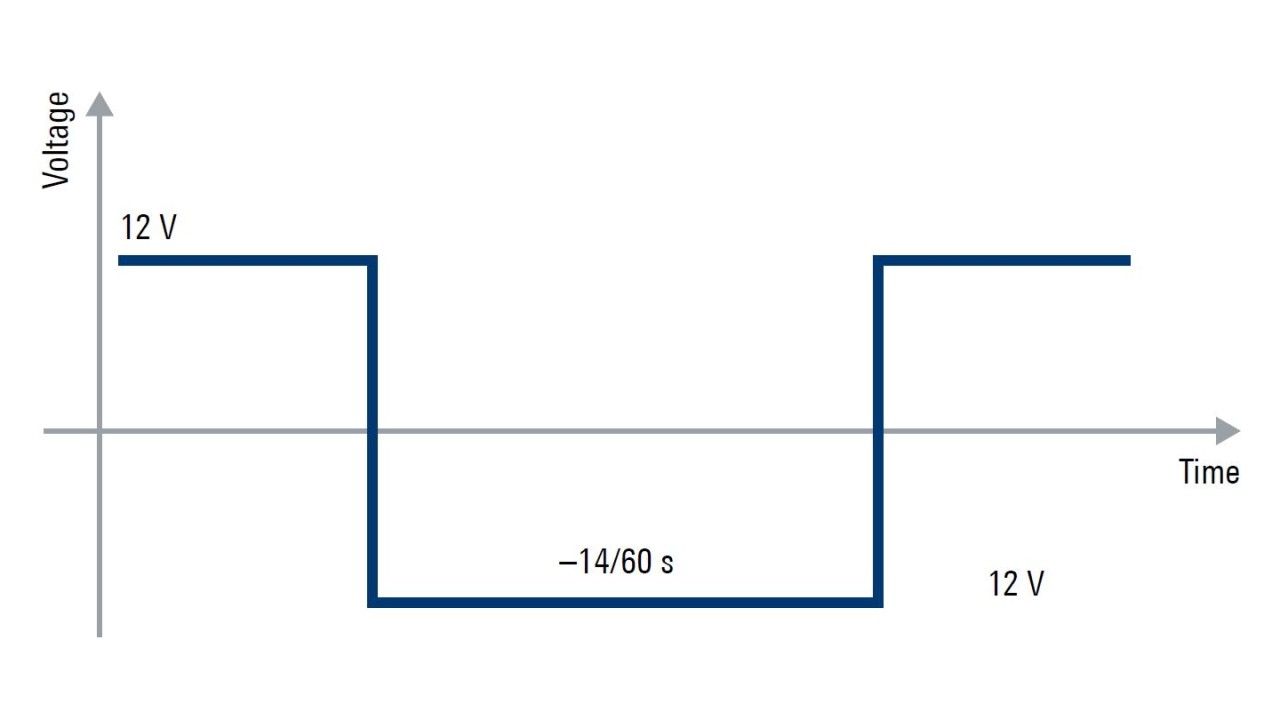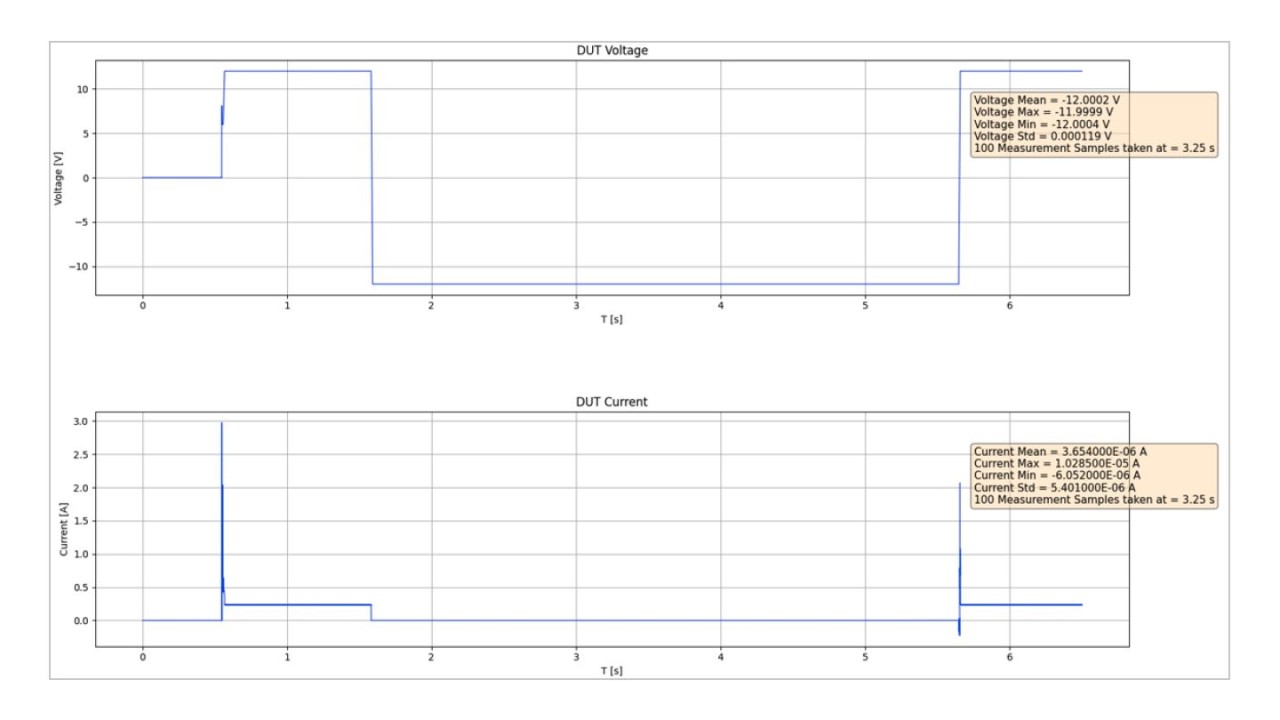Your task
Car batteries need to be repeatedly disconnected and reconnected, e.g. during service or repair. This involves the risk of connecting the battery with reversed polarity, which may lead to damage in the components and circuitry connected. Therefore, as part of the qualification test, every electronic circuit must pass a reverse voltage test. An electronic module like an ECU or a lighting control unit must be connected to a negative voltage for a time of at least 60 s. After the test, the module must not show any damage due to the applied reverse voltage. The test requires a power supply that can operate in quadrants I and III to supply the electronic module with power and to apply a negative voltage and current. Furthermore, suitable pass/fail criteria are needed to validate the electronic module.
A good approach is to accurately measure the supply voltage and current to determine if the electronic circuit is still undamaged after the negative voltage has been removed. Measuring the voltage and current with high precision before, during and after the test is a very simple way to detect a malfunction of, or damage to, an electronic circuit. Complex functional testing of the electronic module is not necessary. Furthermore, the application should be capable of automated testing especially when used in production environments.









